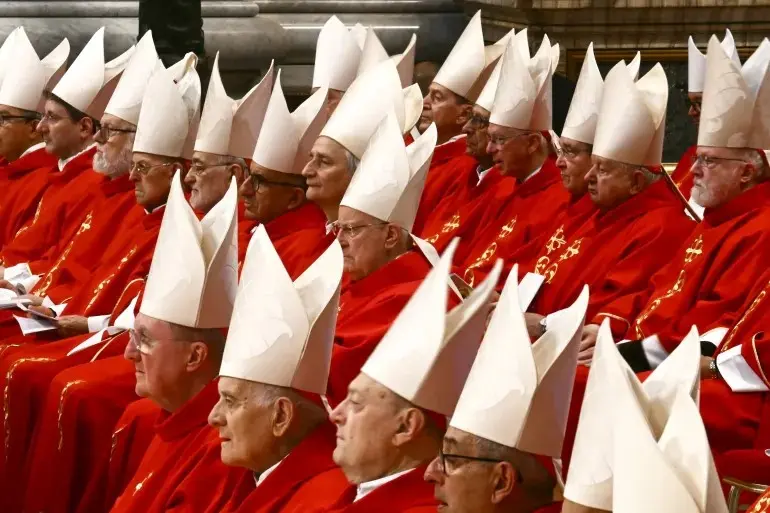
A Momentous Gathering in Vatican City
On May 7, 2025, the College of Cardinals convened in Vatican City to elect a new pope following the passing of Pope Francis on April 21. This conclave, held in the Sistine Chapel, marks a pivotal moment in the Catholic Church’s history. The election process, steeped in centuries-old tradition, is conducted under strict secrecy, with cardinals taking an oath to maintain confidentiality. The outcome of each ballot is signalled by the colour of smoke emitted from the chapel’s chimney – black indicating no decision, and white announcing the election of a new pope.
A Diverse and Global Electorate
The 2025 conclave is distinguished by its unprecedented diversity. With 135 cardinals eligible to vote, representing 71 countries, it is the largest and most geographically varied papal conclave to date. This composition reflects Pope Francis’s efforts to broaden the Church’s global representation. Notably, 80% of the voting cardinals were appointed by Pope Francis, suggesting that his progressive reforms may influence the selection of his successor. Leading candidates include Italian Cardinal Pietro Parolin and Filipino Cardinal Luis Antonio Tagle, among others from France, Hungary, the U.S., and Italy.
The Sacred and Secretive Process
The conclave’s proceedings are shrouded in secrecy. Upon entering the Sistine Chapel, cardinals take an oath of absolute secrecy, under threat of excommunication. The doors are then sealed, and the cardinals are isolated from the outside world. They vote in secret ballots, casting their votes for a candidate they believe should lead the Church. The ballots are burned after each vote, with the resulting smoke signalling the outcome. If no pope is elected after several rounds, the cardinals may pause for discussions and prayers before continuing the voting process.
Technological Measures to Ensure Secrecy
In addition to traditional methods, the Vatican has implemented modern technological measures to preserve the confidentiality of the conclave. Mobile phone services within Vatican City are deactivated, and signal jammers are used to prevent electronic eavesdropping. Cardinals are prohibited from bringing phones into the conclave and are required to take a sworn oath of secrecy, affirming they will not seek external influence. Supporting personnel, such as cleaners and chefs, have also taken confidentiality oaths, with the penalty for breach being excommunication.
The Anticipated Outcome
The conclave is expected to last several days, with voting sessions held twice daily. The election process requires a two-thirds majority to select a new pope. Once a candidate receives the necessary votes, he is asked if he accepts the election. If he agrees, he chooses a papal name and is vested in papal attire. The final ballots are then burned with chemicals producing white smoke, signalling to the world that a new pope has been elected. The senior cardinal deacon announces from the balcony of St. Peter’s Basilica, “Habemus Papam” (“We have a pope”), and the new pope appears to impart his blessing on the city of Rome and the entire world.
A Global Moment of Anticipation
As the conclave unfolds, millions of Catholics around the world await the election of a new pope. The process is a profound expression of the Church’s unity and continuity. While the identity of the next pope remains unknown, the conclave’s outcome will shape the future direction of the Catholic Church for years to come.

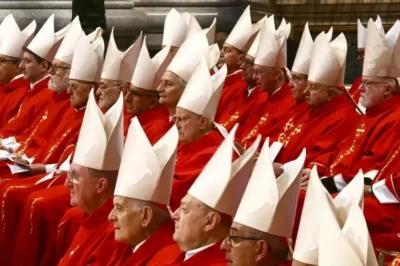






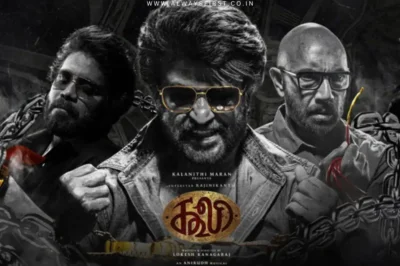


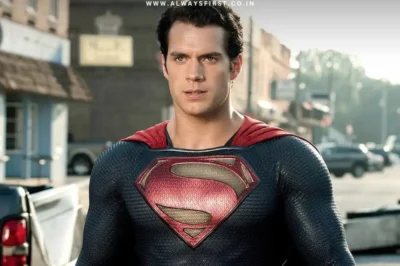

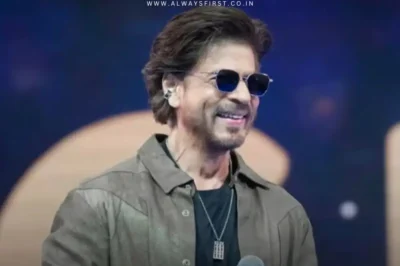


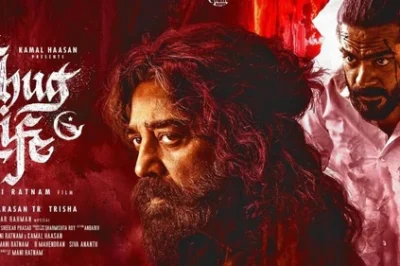
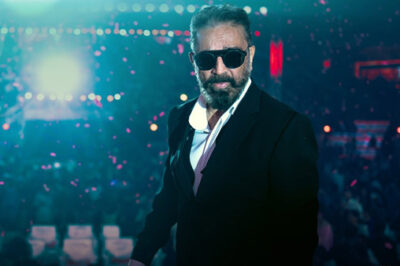


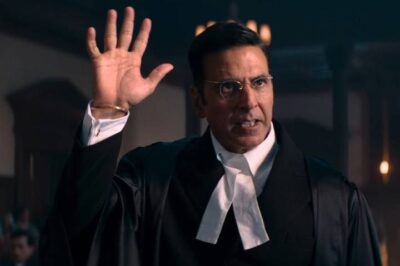


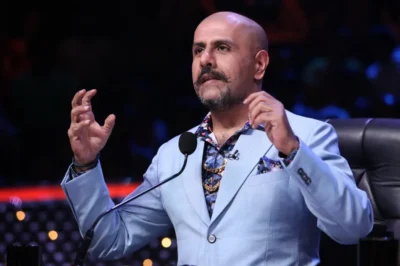

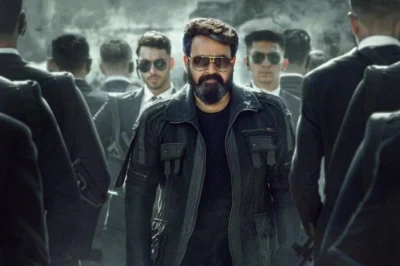
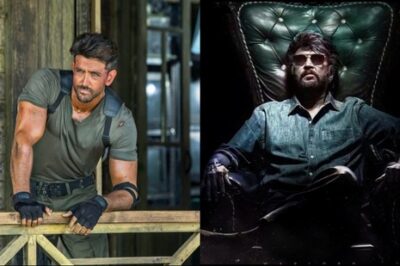


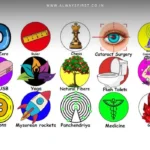

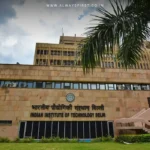
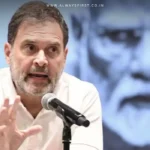


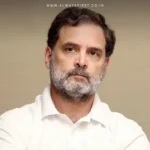
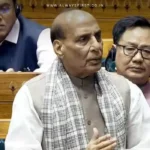

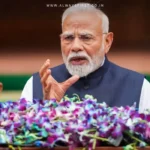
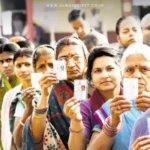
Leave a Reply